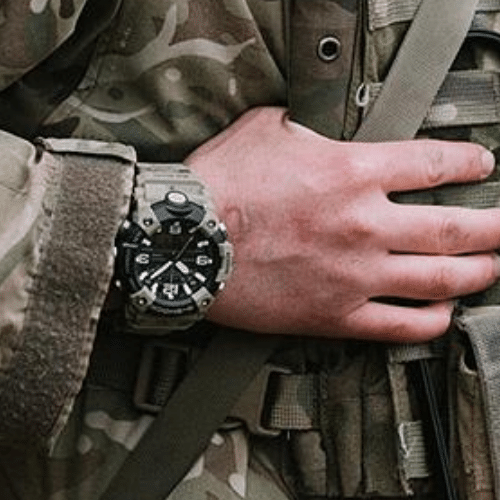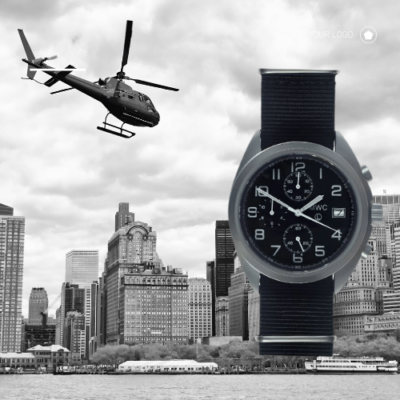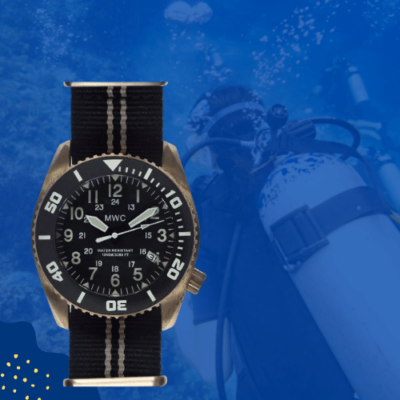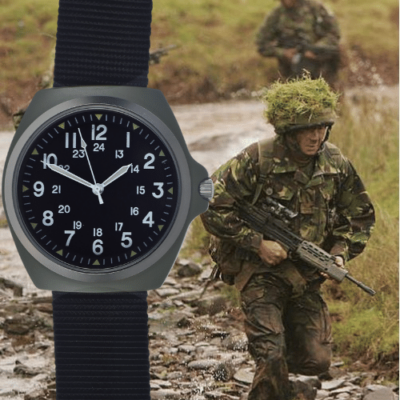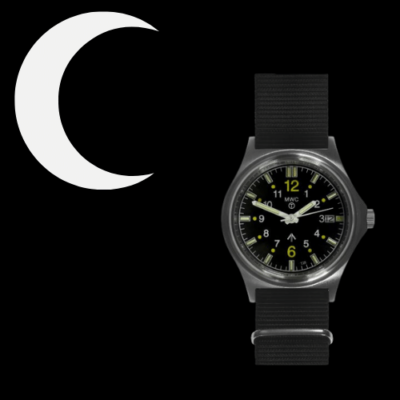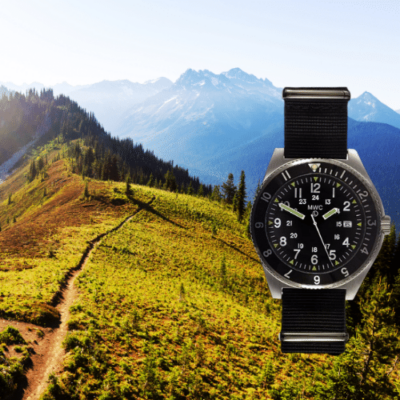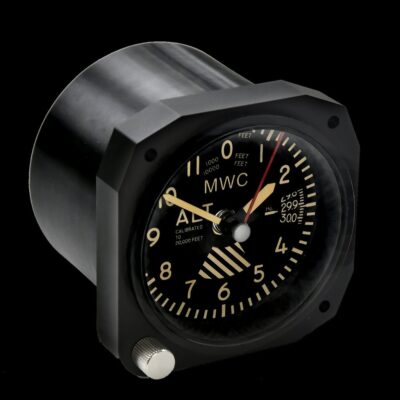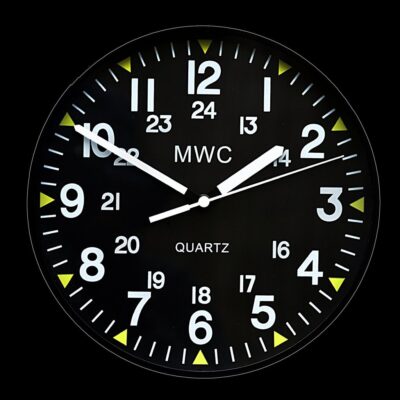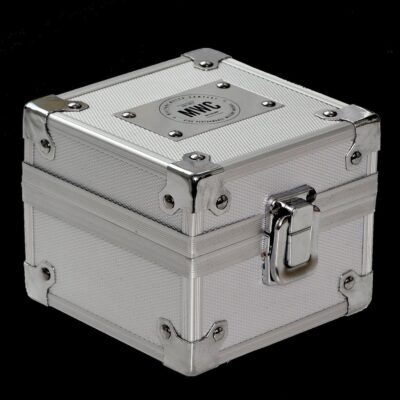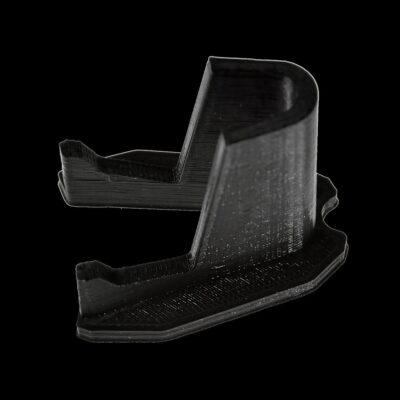News
India’s Virupaksha AESA Radar Eyed to Customise Locally Produced Su-57 Stealth Fighters
The Su-57 fifth generation fighter currently being considered for license production by the Indian Defence Ministry may see the Indian-developed Virupaksha active electronically scanned array (AESA) radar integrated in place of a Russian-sourced primary sensor, according to a number of recent reports from Indian and Western sources. After the fighter made its debut appearance in the country at the Air India 2025 aerospace exhibition in February, it was confirmed that local production was under consideration, and the Russia was offering technology transfers under such a deal, which could potentially include support for radar development. The Russian state owned United Aircraft Corporation subsequently in May made an unprecedented offer to provide the Indian Defence Ministry with full access to the Su-57’s source code, which would allow for extensive customisation and integration of local weaponry and subsystems potentially without any Russian support.

Little is known regarding the Su-57’s N036-1-01 nose-mounted AESA radar, although it was confirmed in June that the new variant of the fighter, the Su-57M1, will use a new primary radar. This may be a new clean sheet design, or an enhanced derive of the N036. The Virupaksha was expected to be larger than the N036, as it was intended to equip the larger Su-30MKI ‘4+ generation’ fighter, of which the Indian Air Force currently operates over 270. The radar will reportedly use an antenna with a 950mm diameter and approximately 2400 transmitter/receiver modules, and gallium nitride technologies for improved efficiency. Although smaller than the Su-30MKI, the Su-57 still carries a much larger radar than any Western fighter class and than any other fighter in the Indian fleet, with only relatively conservative downsizing of the Virupaksha expected to be required to allow it to equip the aircraft.

Should Indian airborne radars sufficiently narrow the performance gap with their Russian counterparts, it is possible that Indian industry will eventually seek to replace not only the Su-57’s primary sensor, but also the five other AESA radars integrated across its airframe. Support for the development of the Virupaksha could be key to further raising Indian interest in a license production deal for the Su-57, helping India’s defence sector to cross a significant technological hurdle needed to bring it closer towards developing the indigenous AMCA fifth generation fighter. The AMCA fighter is expected to enter service in the late 2030s, with the Su-57 seen as the only viable option for a readily available fifth generation fighter until this materialises. The first export order for the Su-57 was confirmed in March 2025 to have been signed by Algeria, with the country set to begin to receive the fighters before the end of the year. Both Algiers and New Delhi have faced considerable pressure from the United States not to make such procurements from Russia.

There remains a significant possibly that the Indian Defence Ministry will procure ‘off the shelf’ Su-57s in limited numbers with the N036 radar, before proceeding to license produce much larger numbers that will see the proportion of indigenous technologies and components steadily grow. Although the integration of the Virupaksha radar could represent a major landmark in such a process, it is unlikely that the Defence Ministry will be willing to wait until the radar has completed development before beginning procurements of Russian fifth generation fighters, as this may otherwise delay procurements into the early 2030s. The significant losses faced by India’s French-supplied Rafale fighters in engagements with Pakistan’s Chinese-supplied J-10C fighters in early May are considered likely to have added further urgency to plans to procure the Su-57, as has China’s unveiling of its first sixth generation fighters at flight prototype stages in December 2024, placing the country on track to field such aircraft around 2030, thus leaving Indian fighter units two generations behind.

